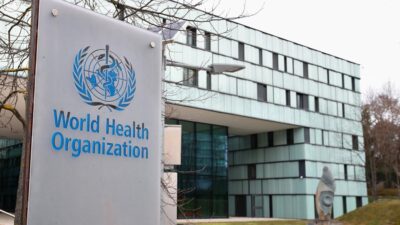Mineral resource-rich countries like Zambia often face a dilemma in striking the right fiscal balance between attracting investments and obtaining a fair deal for the country.
In the extractives industry, challenges arising from tax evasion, corruption, and illicit financial flows make it difficult to convert natural resource wealth into sustained prosperity.
The management of Zambia’s mining revenue is therefore crucial as it heavily contributes to the country’s gross domestic product (GDP) which accounted for 19.4 percent of the country’s nominal GDP in 2021.
The sector also accounts for the largest share of Zambia’s exports.
Over 70 percent of all Zambia’s exports are minerals extracted from its ground.
To add on, mining generally brings a lot of economic benefits including employment, local infrastructure development,
linkages to other sectors, and tax revenues.
Effective taxation of the mining sector in Zambia is critical for generating revenues that will support the government’s annual expenditures.
It entails imposing and collecting taxes fairly such that there is minimal disruption in business and investment choices made by mining companies and prospective investors.
To attract investment and grow the mining sector, the government instituted a number of tax measures for the 2023 fiscal year.
Mineral royalty was restructured to apply at the incremental value in each price band whenever the price value passes a certain threshold as opposed to being levied on the aggregate value.
This measure came in addition to the adjustments in 2022 where the government made mineral royalty deductible for Cooperate Income Tax (CIT).
These two adjustments alone, aggregate a total loss of about K6 billion in tax revenues.
These measures were all in the faith of growing the sector which ultimately should translate to more tax
revenues.
The expansion of the sector, however, can only do so much to increase tax revenues.
If underlying factors affecting effective taxation on the collecting side are not addressed, tax leakages will
persist.
These factors include; transfer pricing that is, inflation of operational and financing costs by mining companies thereby reducing their CIT liabilities or profit shifting as existing tax loopholes enable some companies to declare losses, undervaluing the volumes of mineral exports by misreporting mineral grade and production values.
Furthermore, there is inadequate monitoring by the Zambia Revenue Authority (ZRA) and gaps in tax collection still persist.
For instance, the 2021 Auditor General’s (AG’s) report revealed that thirty-one (31) mining companies who had filed nil declarations on mineral royalty had obtained export permits and exported minerals such as copper, manganese, cobalt, and others, worth K2.81 billion without paying mineral royalty taxes in amounts totaling K140.6 million to the Government.
Losses through the mineral royalty channel, however, may be more damaging as they facilitate the externalization of funds in the mining sector.
In addressing the lapses in the system to curb the outflow of resources from the mining sector which remains the backbone of Zambia’s economy, it is cardinal for ZRA to strengthen its monitoring mechanisms and enhance enforcement in the use of fiscal electronic devices to fight tax evasion and non-compliance.
To add on, ZRA can take advantage of available systems including the investigative unit and the forensic lab developed while working with various cooperating partners to; uncover hidden financial transactions, to trace IFFs, and ultimately, enhance tax administration.
Lastly, beyond the policy and legal framework in place that regulates the mining sector in Zambia, the government should align and fully domesticate international frameworks such as the African Mining Vision (AMV) to optimize the share of mineral revenue accruing to resource-rich countries such as Zambia and improve management and use of mining revenue so that minerals are effectively used for socio-economic development.












Comments